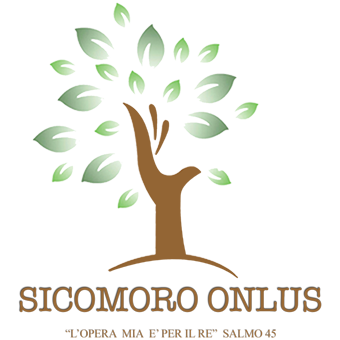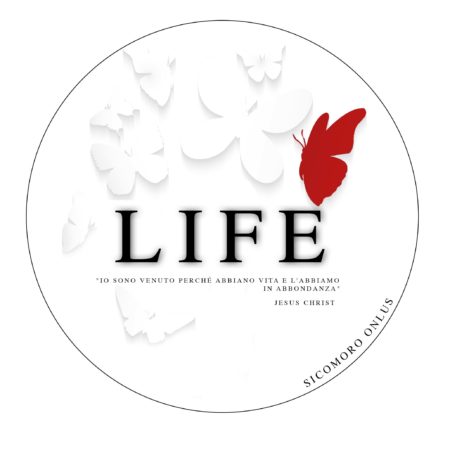Women’s History Month: 10 Bolivian Women Who Changed History
Their ultraconservative ideologies in part fueled the silence of some women and girls, who were sedated with an anesthetic intended for cattle and livestock and sexually assaulted by a group of men in 2009. A Mennonite teenager holding colorful fabric to sew into a dress with an old fashioned sewing machine. In the novel, after a few men are arrested by police, the rest of the men of the colony leave for the city in order to secure their bail. While they are gone, the women gather to decide whether they should stay in the community and fight the men, leave the community, or do nothing. From historic images to vivid descriptions, a record of rich detail is bundled inside a single card. The women interviewed for the book had an idealized image of the country they were migrating to.
They pair their Vans sneakers with their mom’s and grandma’s polleras — colorful, layered skirts worn by the country’s Indigenous Aymara and Quechua population. Though the sexual assaults in 2009 rocked the community and marred its history, life has since seemingly returned to normal in the colony. This story focuses on how the women in Tiraque, a municipality located at 3300 meter height in the Cochabamba valley, adapt to climate change. Surprisingly, climate change has led to more gender equality instead.
These circumstances exacerbate social exclusion, covering not just ethnicity but gender as well. The climbers also plan to do a series of events, including press conferences, before and after each climb, to raise awareness about gender-based violence in the country and to encourage young women to learn the sport. Skater Luisa Zurita, 32, wears her grandmother’s traditional pollera skirt while her grandmother styles her hair. “We dress like this to promote the acceptance of our culture within Bolivian society,” says fellow ImillaSkate member Huara Medina Montaño.
- “Women Talking” tells the story of women in a religious colony grappling with a series of sexual assaults, based on a 2018 book of the same name.
- Writing under the pseudonym Soledad , her works were intellectual and irreligious, earning her condemnation by many female contemporaries as well as religious leaders of the time.
- From the traditional Waka Thuqhuri dance, Mendez borrows another symbolic outfit where a woman wears a bull all around her body.
- People didn’t understand why we wanted to dress like this,” says Santiváñez.
- Still, her political career opened up a new range of possibilities for women.
- The following images illustrate the main concepts of every chapter of the book.
This year, their destination is Sajama, the highest mountain in the country, at 6,542 metres above sea level. During the 16 Days of Activism, from 25 November–10 December, they will continue to climb, demonstrating their commitment to eliminating gender-based violence. “At first, https://thegirlcanwrite.net/bolivian-women/ I used to feel a little awkward” about wearing the pollera while skating, says ImillaSkate member https://fastmoneyelectronics.com/the-ultimate-guide-for-how-to-date/ Susan Meza. But now, she adds, she understands “the object of doing it and I feel more comfortable and free.” The nine crew members, most in their 20s, meet regularly to practice. It’s especially important to them to wear traditional dress at public events. In a 2018 photo essay for National Geographic, Busqué likened the Mennonites’ reaction to him taking out his camera as if he was pulling out a gun.
Category:Bolivian women
Indigenous and working-class women who were usually relegated to the margins walked front-and-center in protests. Cooks, florists, market vendors and other women in undervalued professions unionized. Cholas, Indigenous and mestiza women who dress in traditional pollera skirts and bowler hats, gathered to discuss anarcho-syndicalism . Women—particularly those who suffered from exploitation and abuse—stood up and learned to lean on one another. Browse 1,731 professional bolivian women stock photos, images & pictures available royalty-free.
Bolivian Woman Spinning with a Distaff, 1922-1923
The victory inspired other working women, such as florists, to organize. The movement later obtained monumental wins such as the eight-hour workday, free childcare for working mothers and the recognition of cooks as professionals. “By skating in polleras, we want to show that girls and women can do anything, no matter how you look or how people see you,” says Daniela Santiváñez, who founded ImillaSkate with two friends in 2019. Research conducted on the collection, use, and vending of traditional medicines by rural Bolivian women indicates that it is an important economic activity as well as having a place in the health system of high altitude inhabitants. The aim of this paper is to discuss the intersection of an approach that focuses on the exchange of http://woodcrestdental.com/how-do-hungarian-women-behave-themselves-in-relationships/ traditional medicines with an ethnobotanical perspective that considers the medicines themselves. Women are the focus of this intersection because they are central to the enterprise of collecting and selling traditional medicines, which is an expanding business opportunity due in part to demands by urban consumers. In 2009, a group of men were convicted of the rape and sexual assault of more than 100 women and girls in the colony.
She came to power following an election crisis, a coup and a popular uprising. Congress appointed Guiler as interim president during the lead-up to new elections but was overthrown in a military coup, which led to a bloody dictatorship. Still, her political career opened up a new range of possibilities for women. PLEASE, NO invitations or self promotions, THEY WILL BE DELETED. My photos are FREE to use, just give me credit and it would be nice if you let me know, thanks. In 2020, four female climbers – Cecilia and Rufina Llusco, Teodora Magueño, and Ana Lía Gonzáles – planted it there, a testimony of their resilience and determination to raise public awareness and action, from the highest mountains. She says the group’s aim is to “grow” the sport in Bolivia and advocate for “more spaces to practice so we can participate in sports tournaments around the world as other athletes do.” Crew members skate in Pairumani Park on the outskirts of Cochabamba — one of their favorite spots because of its beauty.
At first, her family didn’t approve of her engaging in the sport. But they changed their minds after her grandmother saw Luisa skating on a TV program. When she realized it was her granddaughter’s passion, her grandmother gave her the blessing to keep skating. Award-winning Brazilian photographer Luisa Dörr, who discovered the young women on Instagram, captured their vibe in a series of intimate portraits taken over two weeks in September and October 2021. Over the course of a decade, photographer Jordi Busqué observed and captured the way of life of Mennonite colonies across Bolivia. But eventually, some women began to speak out, and one night in June 2009, a man was caught inside a home and held by other male members of the community. The young man implicated eight others in the assaults — all of whom were Mennonites within the Manitoba Colony, except for one.

